Visiting Ground Zero on Sept. 11, 2022, you find yourself barred from entering the memorial. From the morning until 3 p.m., only invited visitors such as family members, local emergency services personnel and guests are allowed inside the memorial. The memorial appears solitary and somber, but once the gate opens and the crowd floods in, it becomes lively.
How to never forget what happened on Sept. 11
A photographer explores acts of reflection two decades after the attack.
September 27, 2022
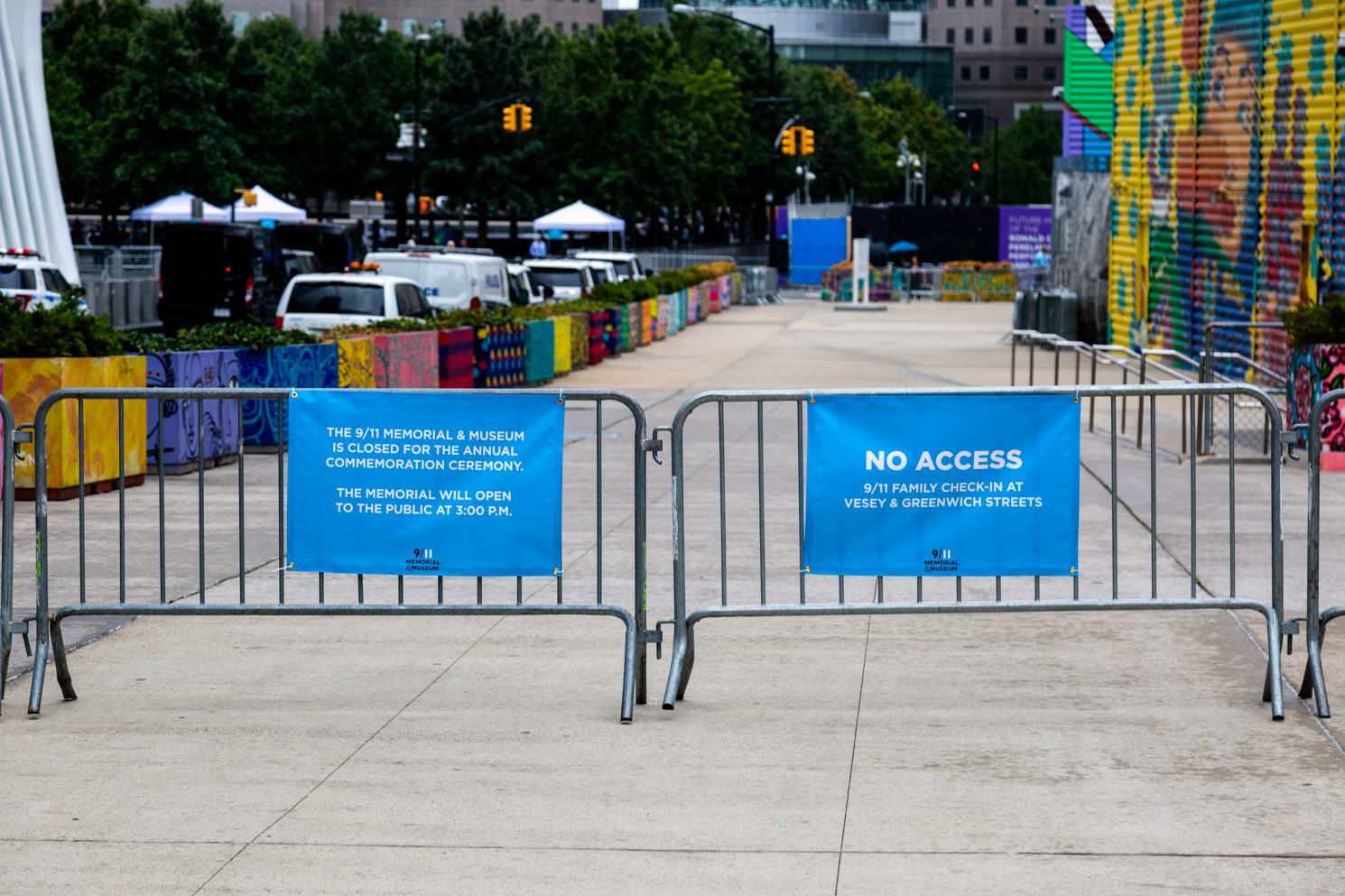
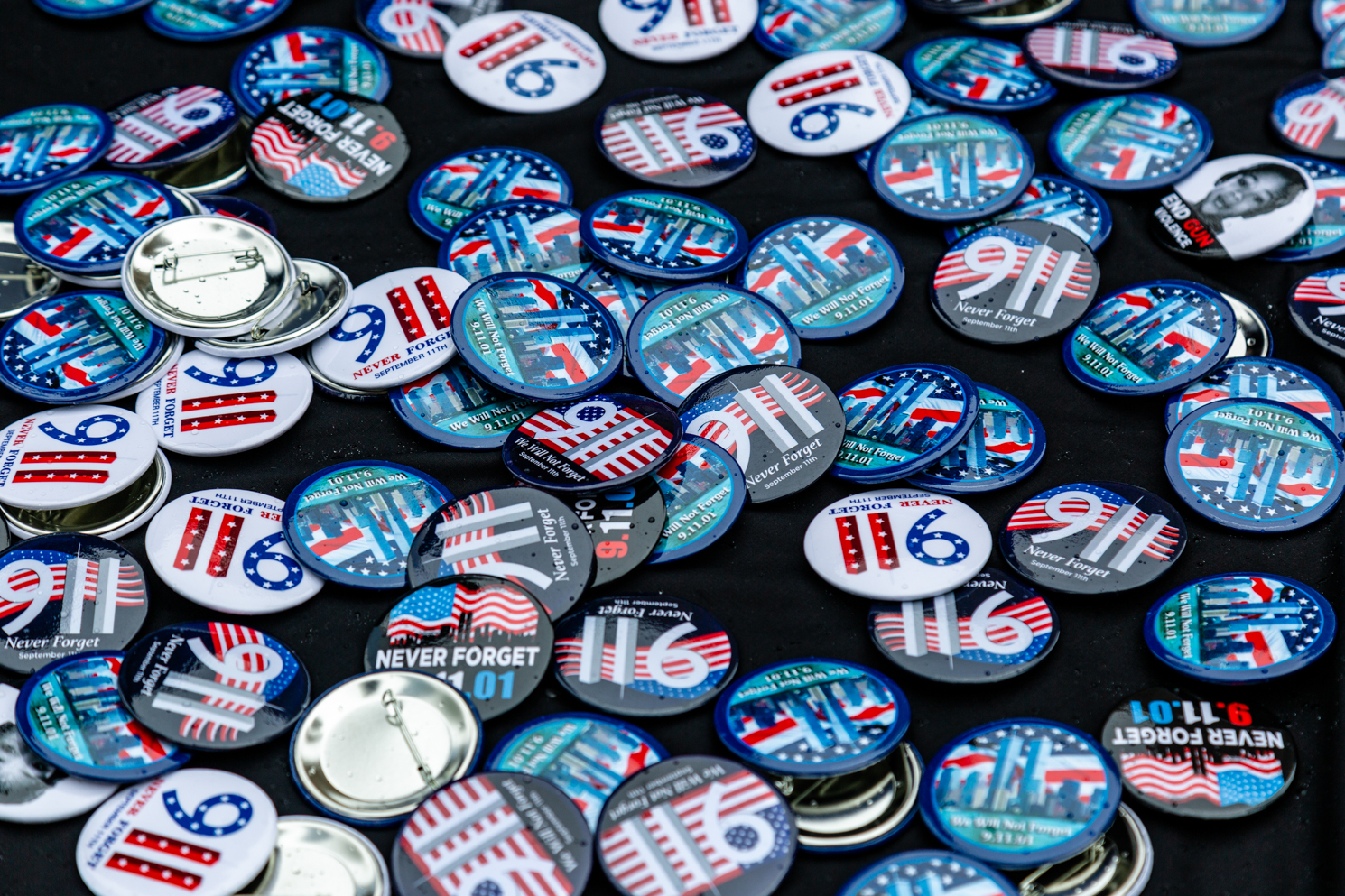
Sept. 11 is significant to those who lived through the attacks in 2001. Americans can recall where they were, and when they turned on the television and saw the news. It is a shared moment of tragedy, grieved even by those without a direct connection to the victims. “Never forget” still comes to mind and is emboldened on pins such as these, which vendors who are looking to make a buck sell to those waiting outside the memorial gates.
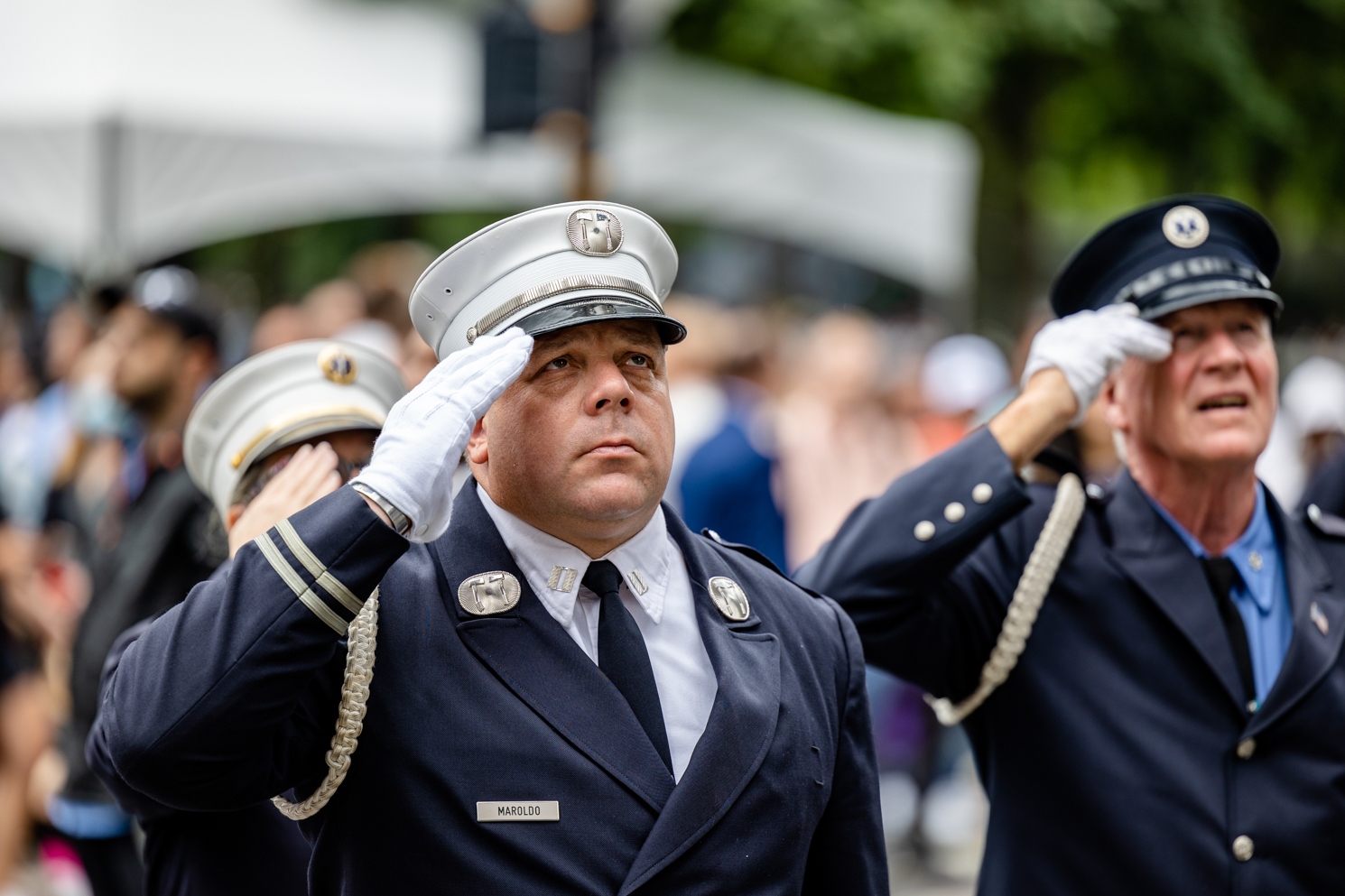
At 124 Liberty St. is the New York City Fire Department Ten House, the home of Ladder and Engine Company 10. The two companies lost a combined six firefighters during the initial response. The Ten House was buried under rubble for weeks. Every year since, the station raises the American flag on Sept. 11, and the firefighters salute it — an homage to those who sacrificed their lives on that day.
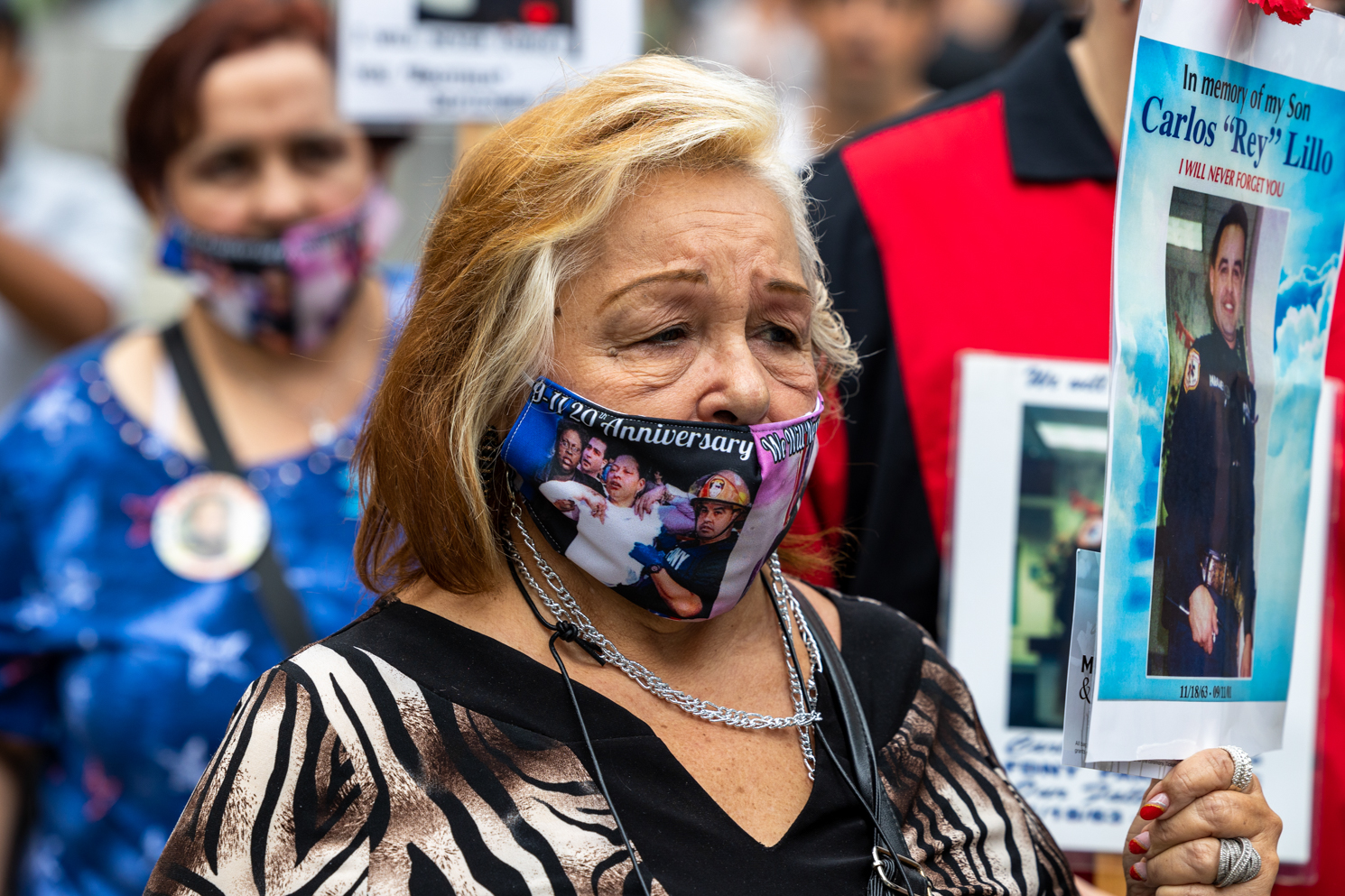
Each year, families and friends return to Ground Zero to pay tribute to their lost loved ones. The families have carried on with their lives, but their world pauses on this day every year to reflect on those taken from them — those whose paths were cut short.

We pass on the importance of Sept. 11 to younger generations by celebrating the heroic stories, instead of focusing on the violence.
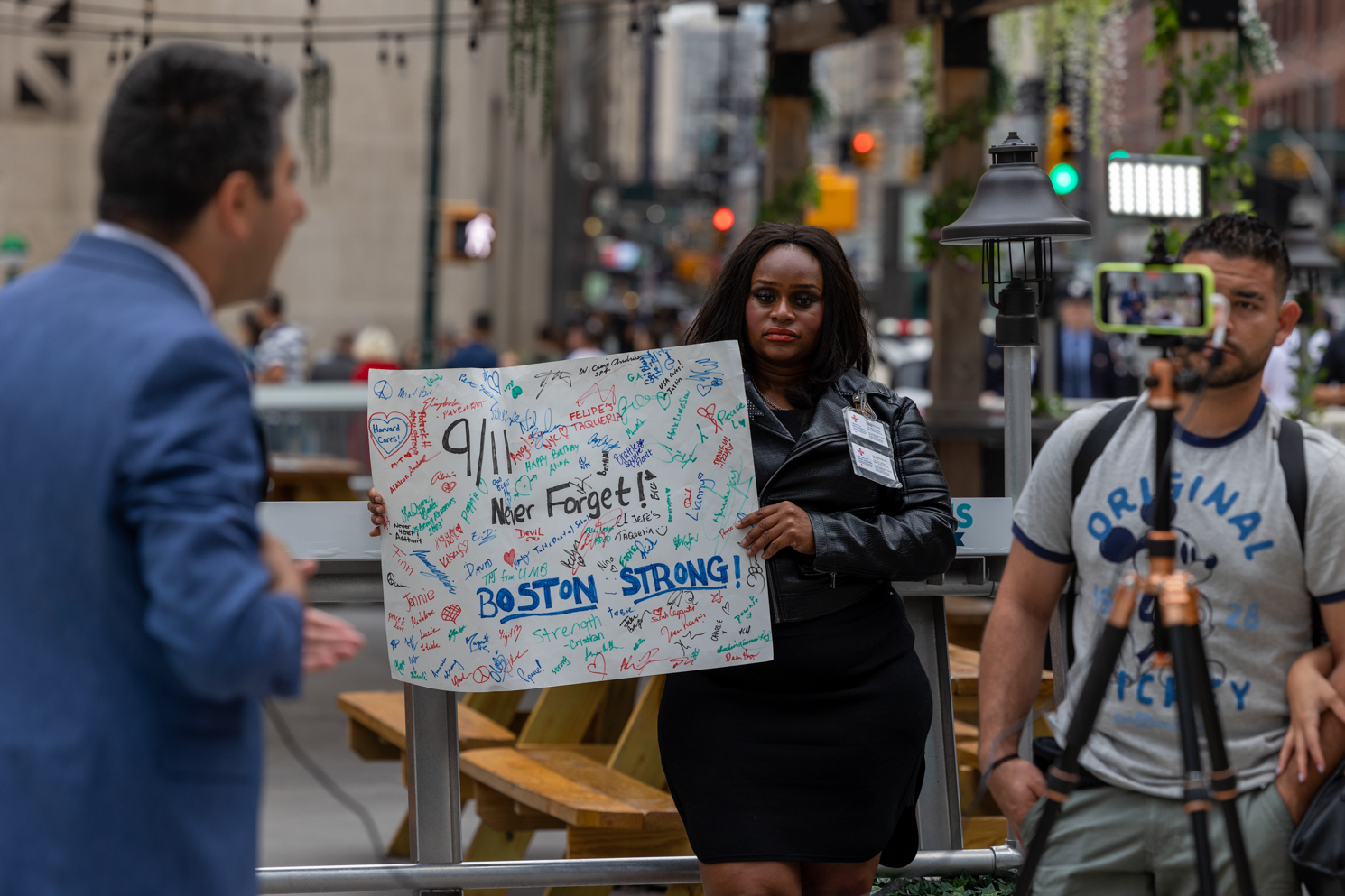
Prior to 3 p.m., public visitors gather outside the fences for personal reflections. The press line up as well, speaking to their cameras about another year passed. Visitors arriving prior to 3 p.m. join in a personal moment of mourning alongside those beyond the fence and those directly affected by the attack.
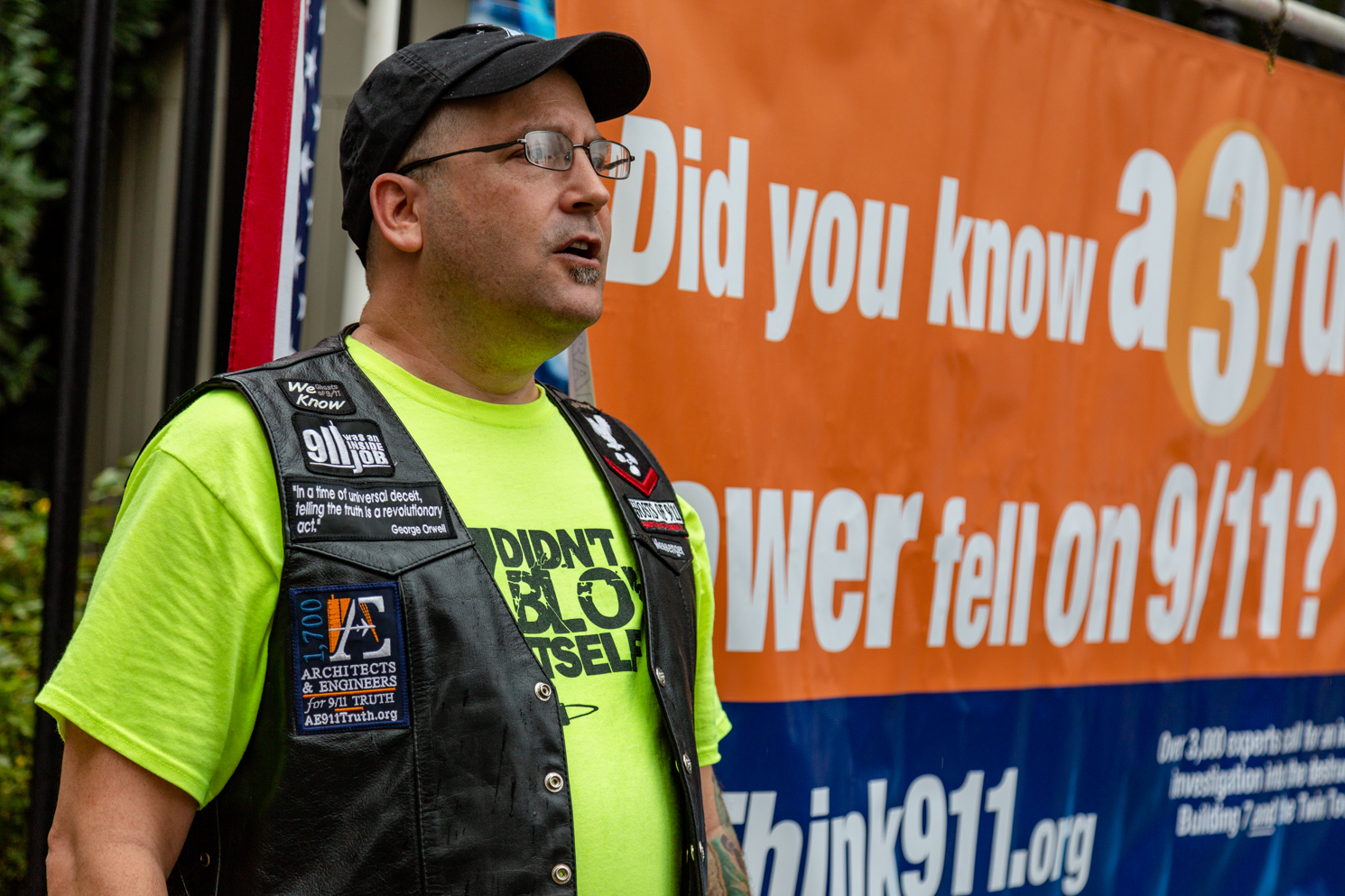
Not everyone visiting the memorial is simply paying tribute. Across the street from Ground Zero, the same group of conspiracy theorists shouts through their megaphones about planned detonations and cover-ups, while others come and perform solo. These acts are not a protest of the memorial itself, or those honoring the dead, but rather what they see as their act of paying tribute. It is not meant to make fun of those lost — although some perceive it that way —rather trying to spread what they believe is the truth.

Volunteer recovery worker Patrick Dillon lost a close friend in one of the towers when it fell. He poured fake blood on himself outside the memorial in an act not meant to mock the deaths, but instead to shed light on American involvement in the Middle East — albeit in a controversial fashion.
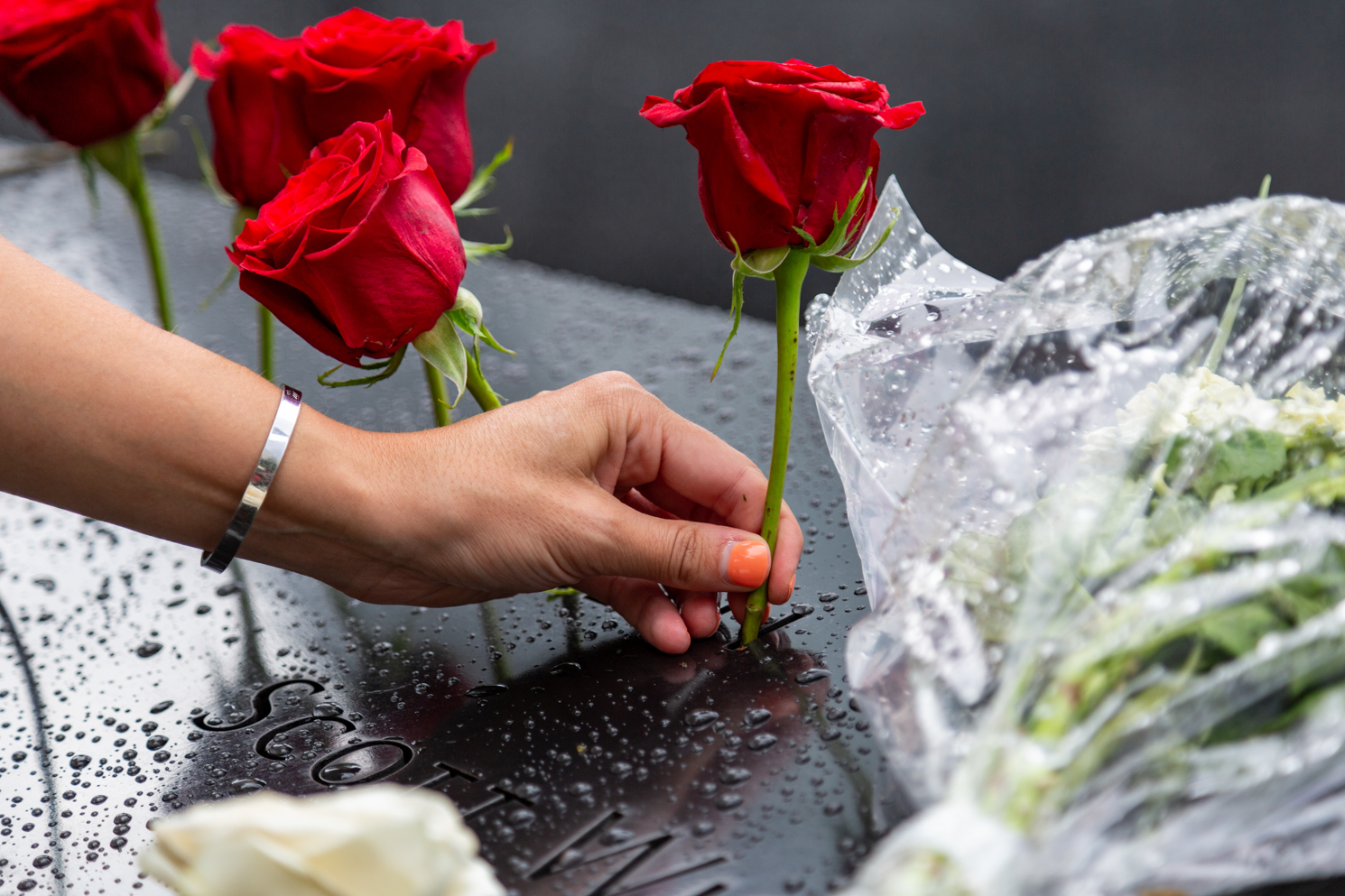
For Ground Zero visitors, paying tribute includes leaving something behind: A rainbow of flowers placed inside the engraving of victims’ names. The colorful flowers enliven the gray metallic memorial. Personal objects are also left behind: Photographs that put faces to the engraved names or flags of the emergency services they worked for.
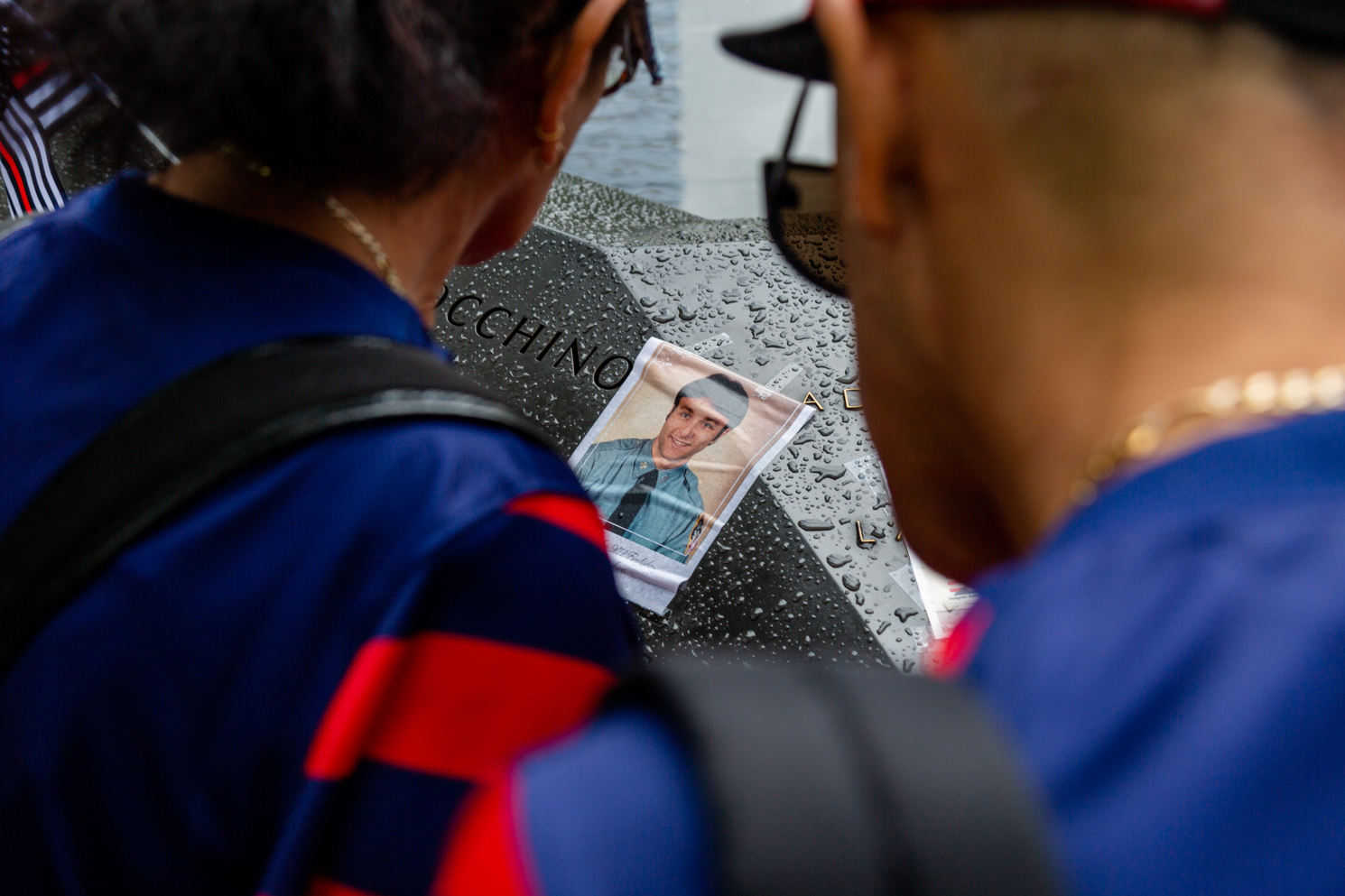
For visitors who enter Ground Zero after the private service, the mementos left behind paint a complete picture of the victims. The objects not only represent the grief of those lost but also remind others to never forget what happened. The size of the black memorial structure bearing the names of victims seems overwhelming, reflecting how unfathomable it is that so many could be taken away at once. The items turn the typically stone-cold names into a tribute to family and friends.
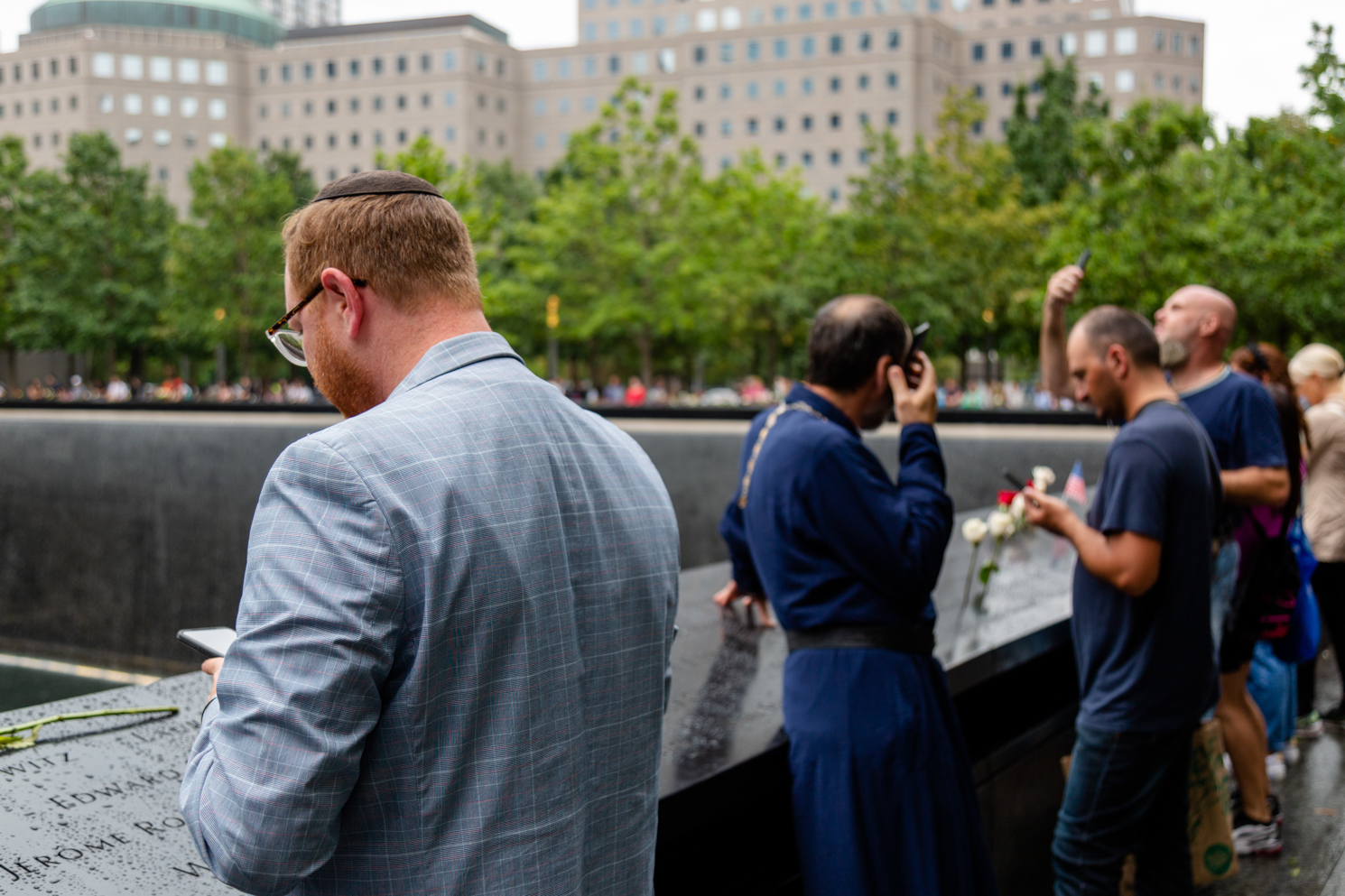
Many people and visitors experience a new connection brought on by the somber atmosphere and the memorial’s reflective nature. Regardless of identity or background, one can find meaning there. Loss is an experience we will all share. The memorial at Ground Zero is meant to hit visitors hard, asking them to look at the etchings as not just names, but as people with lives like ours. I visit the grounds every year, and I will continue to do so as long as I remain in the city.
Contact Jason Alpert-Wisnia at [email protected].
